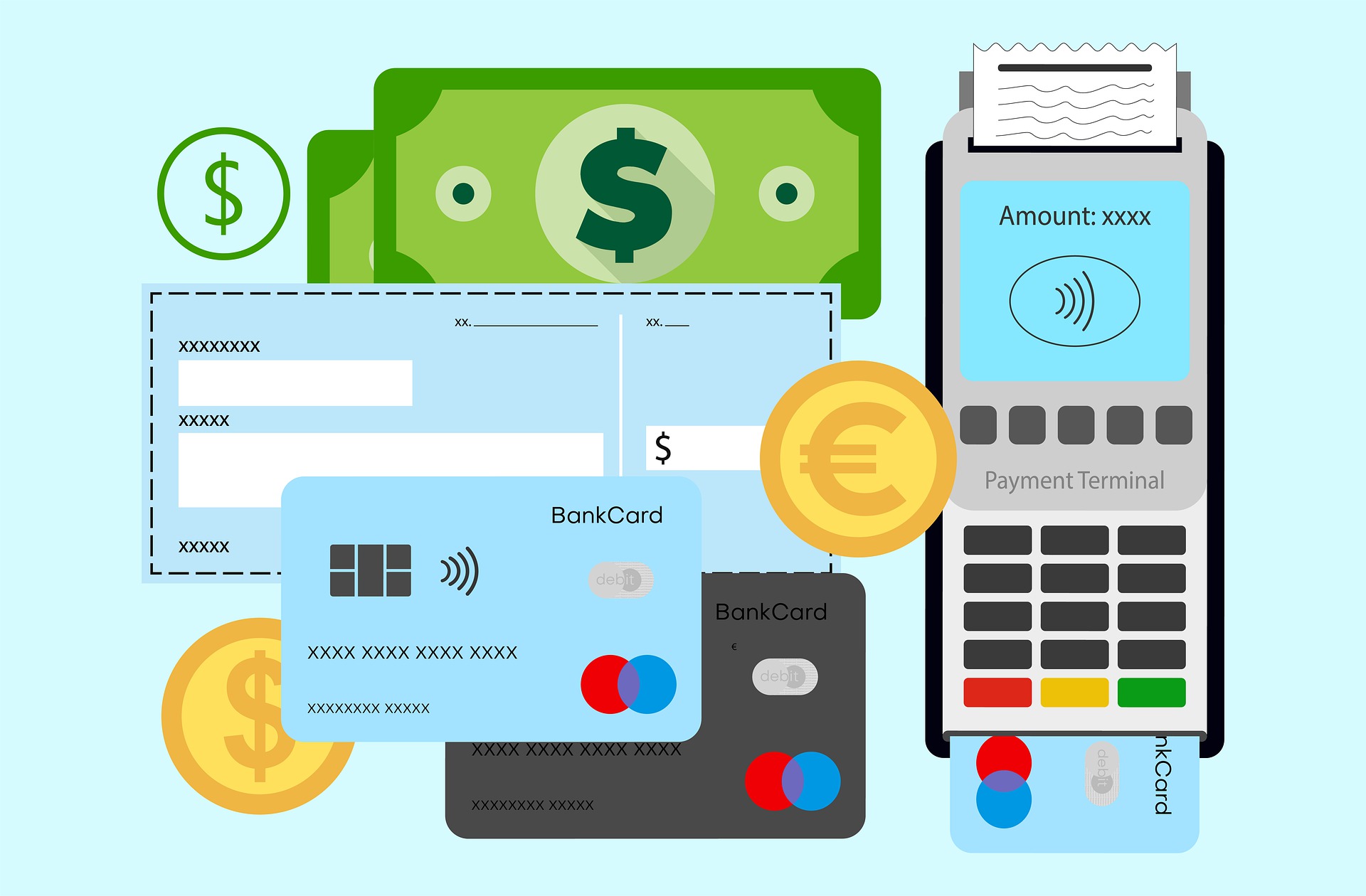The recent inflation data from the United States has revealed a softer-than-expected increase, providing a stronger case for the Federal Reserve to consider a rate cut in the near future. This shift in inflation dynamics could have significant implications for both the equity and bond markets.
Understanding the Inflation Data
According to the latest figures, the headline inflation rate for September rose by 0.3% month-on-month and 3.0% year-on-year. This data point is critical as it reflects a moderation in inflationary pressures compared to previous months, which had raised concerns about the Fed’s monetary policy trajectory. The lower-than-anticipated inflation rate suggests that the price increases are stabilizing, potentially easing the pressure on consumers and businesses alike.
Implications for Federal Reserve Policy
The softer inflation reading has led analysts to speculate that the Federal Reserve could implement a 25 basis point rate cut in their upcoming meeting. This anticipated adjustment would mark a significant shift in the Fed’s strategy, especially considering the aggressive rate hikes witnessed in the previous year aimed at combating inflation. A rate cut could stimulate economic growth by making borrowing cheaper, thus encouraging spending and investment.
- September inflation rate: 0.3% month-on-month, 3.0% year-on-year
- Potential Fed rate cut: 25 basis points expected
- Impact on consumer spending and business investment: Possible increase
Market Reactions and Future Considerations
Market participants are closely monitoring these developments, as a rate cut could lead to a favorable environment for equities, particularly growth stocks that often thrive in lower interest rate settings. Companies in sectors such as technology and consumer discretionary may see increased investor interest if borrowing costs decline.
However, caution remains as the Federal Reserve will need to balance the need for economic stimulus with the potential for renewed inflationary pressures. Analysts from various institutions, including ING, note that while the current data supports a rate cut, the Fed’s future decisions will depend on ongoing economic indicators.
Conclusion
The recent inflation data presents a pivotal moment for the Federal Reserve and the broader financial markets. With a potential rate cut on the horizon, traders and investors should prepare for shifts in market dynamics, particularly in interest-sensitive sectors. As we move forward, close attention to economic indicators and Fed communications will be crucial in assessing the sustainability of this trend.



